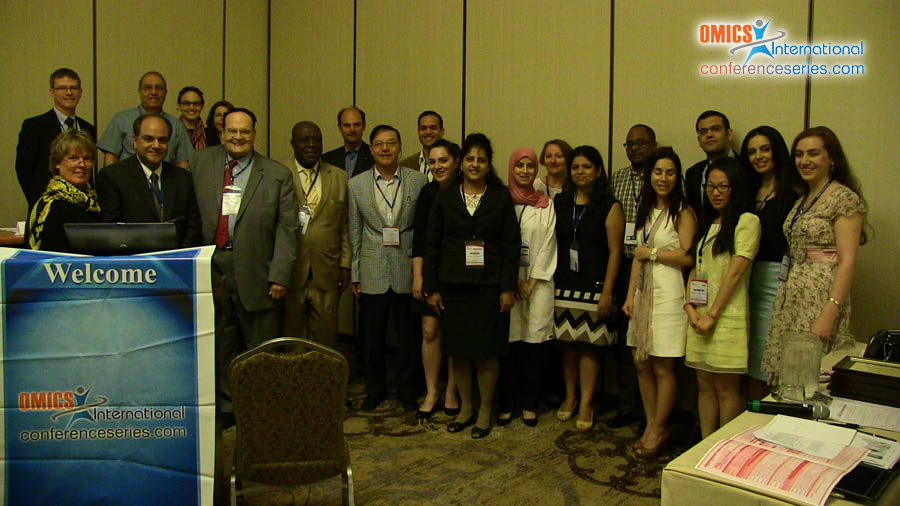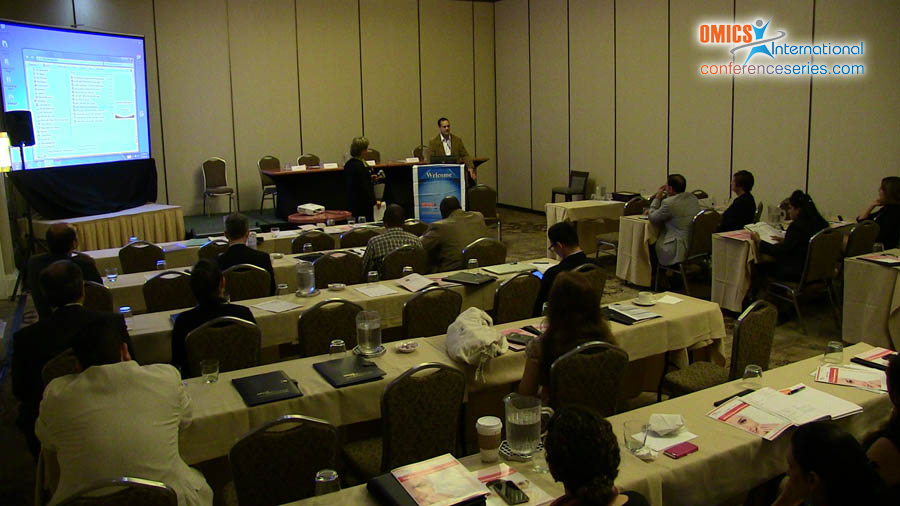
Balo-Banga J. Matyas
Hospital of the Hungarian Defense Forces
Hungary
Title: Phenotype related diagnosis and culprit drug(s) detection after drug eruptions. Validation of a new rapid preformed IL-6 release assay from patients T-lymphocytes by in vivo tests
Biography
Biography: Balo-Banga J. Matyas
Abstract
Recently an International Consensus (ICON) on Drug Allergy has been published. This document includes skin and provocation tests in the diagnostic workup after drug eruptions but does not recommend in vitro assays because of lacking standardization. Humoral tests available on the market have low sensitivity, T-cell based cellular tests depend on cell cultures which last 3-5 days and have many requirements. Their results are often difficult to interpret for clinicians especially in relation of diverse phenotypic expression of drug induced skin injuries. Our aim was to overcome those problems by introducing a rapid reproducible assay based on preformed IL-6 release by the patients’ mononuclear cells. Earlier, detection of the culprit drug induced rapid changes was done by morphometry on T-cell nuclei after short exposure to simple media and using 4-10 sequential molarity based drug dilutions. The present methods included ELISA-based measurement of rapid specific release of IL-6 from isolated mononuclear cells upon 20 minutes incubation with 0.15-0.5 µM (final) solutions of pure drugs (mol.mass 76-4000 Da) with either PHA-P or ConA as positive controls. ConA increased IL-6 release in concentration and time dependent manner. This indicated a preformed cellular pool for this cytokine. The test results have reflected both severity and surface extensions only with culprit drugs (n=43) of various pharmacology and revealed a 85.4% sensitivity against in vivo challenges.


